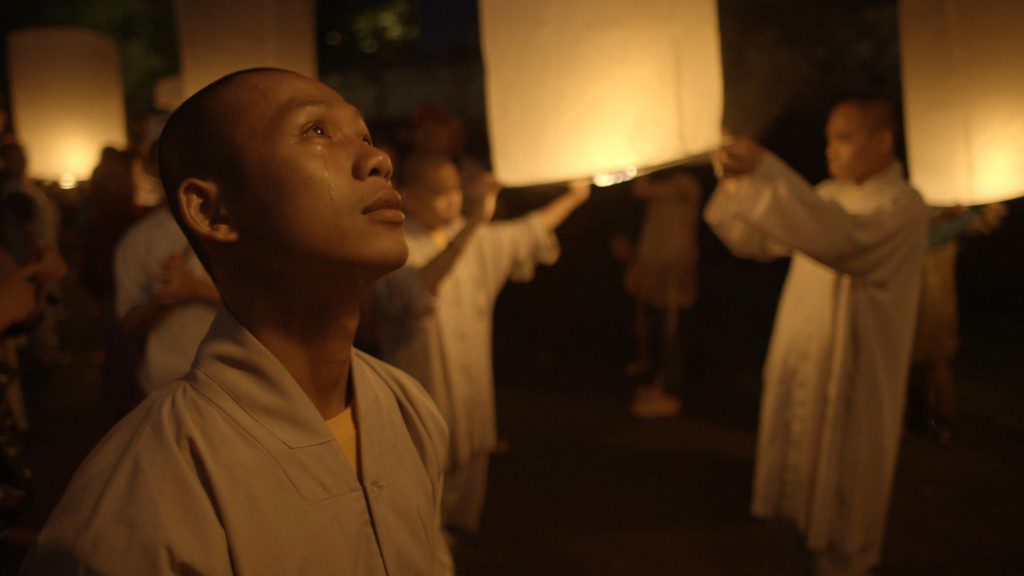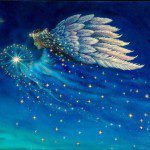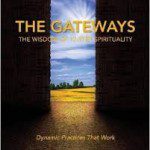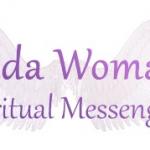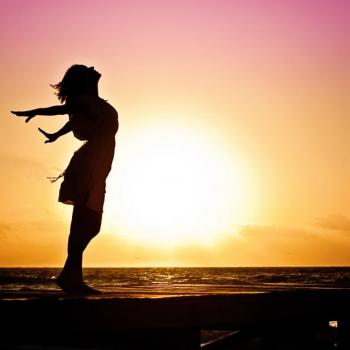Last fall, the Oprah Winfrey Network hosted the first SuperSoul Sessions live event at UCLA. The daylong event featured ten speakers who shared insights meant to inspire positive and spiritual change.
During the break, as I headed backstage for the press interviews, I thought ‘What else is there? ‘What more could possibly be said that has not been covered during these spiritual conversations?’ Just as we took our seats, the door opened and in walked Iyanla Vanzant along with the clarity of the question I would pose.
Iyanla Vanzant, a no-holds-barred New Thought inspirational spiritual teacher and star of the popular TV show ‘Iyanla, Fix My Life,’ remained true to her uncanny ability to bring voice to a subject that is rarely touched upon.
BJB: Of all the spiritual conversations you’ve had, what are we not talking about that is integral to these spiritual conversations?
IV: “We’re not talking about the role of the indigenous cultures in the spiritual movement. We don’t talk about the role of Native American spiritual philosophies, spiritual traditions, and spiritual culture in the spiritual movement. We have divorced spirituality and culture.”
“Most cultures have a very specific and ingrained spiritual philosophy that needs to be brought to the table. You can’t whitewash it, you have to bring it with the culture, the dance, the music and the sound. We have not honored, respected nor invited the culture and tradition of indigenous people to the spiritual conversations, and until we do that, we are bereft of a wealth of human presence and understanding.”
“We cannot have a conversation about the one path, the one road and the one way when everybody is not included in the conversation. We have to be willing.”
“Until we begin to bring culture into the spiritual conversation it doesn’t honor all people, and I think “Belief” is going to raise that to the forefront.”
With recent event surrounding the Native American protests of the Dakota Access Pipeline, Ms. Vanzant’s words could not be more relevant.
It is through the willingness to understand and be informed by perspectives that differ from our own that all voices can have a “seat at the table.”
Oprah Winfrey, and part2pictures, seek to bring more voices to the spiritual forefront with the groundbreaking documentary “Belief.”
“Belief searches the origins of diverse faiths and invites viewers to witness some of the world’s most fascinating spiritual journeys through the eyes of believers.”
Divided into seven segments, each segment highlights a central theme presented through stories to demonstrate our inter-connectedness despite a difference in religion and beliefs:
The Seekers: Witness stories from around the world united by one of the most basic human needs – a desire to find purpose and meaning in our lives.
First, a devout evangelical Christian college student hopes to reconnect with her faith after a recent trauma has shaken her to the core.
Next, a young Indian-American Hindu woman from Chicago travels to the banks of the Ganges River in India for the Kumbh Mela, joining millions at the world’s largest spiritual gathering.
Meanwhile, in Budapest, Hungary, 13-year-old Mendel Hurwitz prepares for his Bar Mitzvah, the Jewish transformation from adolescence to adulthood.
In the final story, an Aboriginal elder in Australia who is nearing death, passes on the wisdom and knowledge of his tribe to his grandson. Together, they walk the songline, an ancient roadmap that the tribe believes reveals how the world was created and how to live life in accordance with their ancestor spirits.
Love’s Story: Journey around the world in search of what it means to love one another.
First, in western Pennsylvania, Ian and Larissa Murphy are two evangelical Christians who fell in love during college. Ten months into their relationship, Ian suffered a traumatic brain injury, dramatically changing their relationship while also showing them what it means to love unconditionally.
Next, we meet Rena Greenberg and Yermi Udkoff of Brooklyn, New York as they prepare to marry in the Hasidic faith, which believes every person is born with one half of a soul, and only through marriage can the two souls reunite with each other.
On the other side of the world, former professional skateboarder Jordan Richter from northern California is embarking on the Hajj, a pilgrimage that is one of the five tenets of his adopted religion, Islam.
Finally, two leaders in Nigeria who were former enemies 20 years ago, come together to reconcile and honor one of the most sacred teachings at the heart of both their faiths: love your enemies.
Acts of Faith: Our beliefs can be a powerful guiding force to endure and overcome in some of the most difficult situations.
In this episode, everyone faces a challenge to overcome, and they find their source of strength in a variety of different ways.
In Topeka, Kansas, Judi Bergquist visits her son’s killer in prison with the hope that the act of forgiveness will help them both move forward with their lives.
Next, under the blue Guanajuato, Mexico sky, Enedina Cuellar Pacheco-Ramirez is riding on horseback with Christ’s Cowboys in the hopes a miracle heals her son who suffered traumatic injuries in a tragic car accident.
Finally, on the small Pentecost Island, Vanuatu, in the South Pacific, a young boy, will act out a death-defying rite of passage into manhood. Bebe will bravely land dive off a giant wooden tower with just a tree vine tied around his ankles, participating in a sacred ritual that his tribe believes blesses the soil for a bountiful harvest.
A Change Is Gonna Come: Explore how our beliefs help us change.
First, Anju, a young woman in central India, has committed to forgo all of life’s conveniences and permanently sever ties with her family in order to be initiated as a Jain nun.
Next, Howard Fallon and his daughter Shane arrive in the Nevada desert for Burning Man, an annual festival that provides an experiment in community art, self-expression and culminates in the ritual burning of a large wooden effigy. Howard and Shane are seeking to reconnect and heal after unimaginable personal loss.
In another part of the American desert, a member of the Yavapai-Apache Nation prepares to participate in the Sunrise Ceremony, a spiritual ritual into womanhood.
Finally, scientist Marcelo Gleiser stands at the foot of one of the most powerful telescopes in the world. He has journeyed to the heart of the Atacama Desert in Chile to look deep into space for clues as to how the universe was born and how it is changing over time. He finds the more he searches the universe, the more he must embrace the mystery of the unknown.
God Help Us: When tragedy, illness or loss feel overwhelming and relief seem beyond our reach, many believers appeal to their faith for strength.
First, Karen Cavanagh, a Catholic from Slingerlands, New York is called to the Sufi path as a way of healing from a traumatic brain injury.
Next, in Lima, Peru, a teenager, Beto, prays to the Lord of Miracles, a painting of Christ on the cross that is revered throughout the country.
Then, in Lebanon, 13-year-old Walid, a Syrian refugee whose family fled their home in war torn Syria, still finds a way to participate in Ramadan, the Islamic faith’s month of personal and spiritual reflection observed with fasting and prayer.
Finally, in Indonesia, 19-year-old Buddhist monk Bodhi Cahyno believes meditation can help him find a source of inner strength after enduring a challenging childhood. Guided by his mentor and teacher, Bodhi travels to the holy site of Borobudur in Indonesia – the world’s largest Buddhist temple – to celebrate Vesak, an annual ritual that commemorates the birth, enlightenment and death of the Buddha.
The Practice: For many people, committing to a spiritual life through study, practice and compassion reveals faith.
First, Shi Yan Fei is a young Buddhist monk at the Shaolin Monastery in Dengfeng, China, who came to the monastery because of his passion for Kung Fu but has encountered difficulty mastering the spiritual element.
Next, 65-year-old John Davie is hoping to reconnect with his Catholic faith as he embarks on the “Way of Saint James,” a 500-mile trek through the countryside of France and Spain. For a thousand years, Christian pilgrims have walked the “Camino,” which culminates at the Cathedral of Santiago de Compostela in Galicia, Spain.
Then, Mohamed El Haskouri, a teenage boy in Morocco studies diligently to perfect his recitation of the 80,000 words of the Qur’an in an ancient art called Tajweed.
Finally, two teenage girls in Israel, 18-year-old Jewish cellist Hagit and 17-year-old Muslim flutist Mais find common ground and friendship in their shared love of performing classical music with the Polyphony Orchestra.
A Good Life: Explore how beliefs help us face the fear of death and the mystery of what happens after we die.
In this episode, we witness how death can also be a powerful call to action – to embrace life and those we love.
In the shadows of Mt. Everest, Lekshey Choedhar, a young Buddhist monk at the Pema Tsal Sakka Monastery, learns a valuable lesson about the fleeting nature of life. There, Buddhist monks make devotional works of art called sand mandalas, which they then destroy in a ritual that symbolizes the impermanence of existence.
Next, atheist Alex Honnold walks the edge between life and death as a world-renowned free-solo climber. He faces his mortality and finds meaning in his life as he climbs – with no ropes or harnesses – up a towering cliff in the Moab desert in eastern Utah.
Then Donna Winzenreid, a military wife and mother of three in Colorado Springs, Colorado who has been diagnosed with stage four pancreatic cancer, fights for her life by holding on to her Methodist faith.
Next, India is home to more than a billion people and one of the world’s largest religions, Hinduism. Once a year, Hindus from all walks of life unite to celebrate the festival of colors – Holi. Gopesh Goswami, a Hindu priest, celebrates Holi as an opportunity to set aside daily responsibilities and experience joy, togetherness and the essence of a good life.
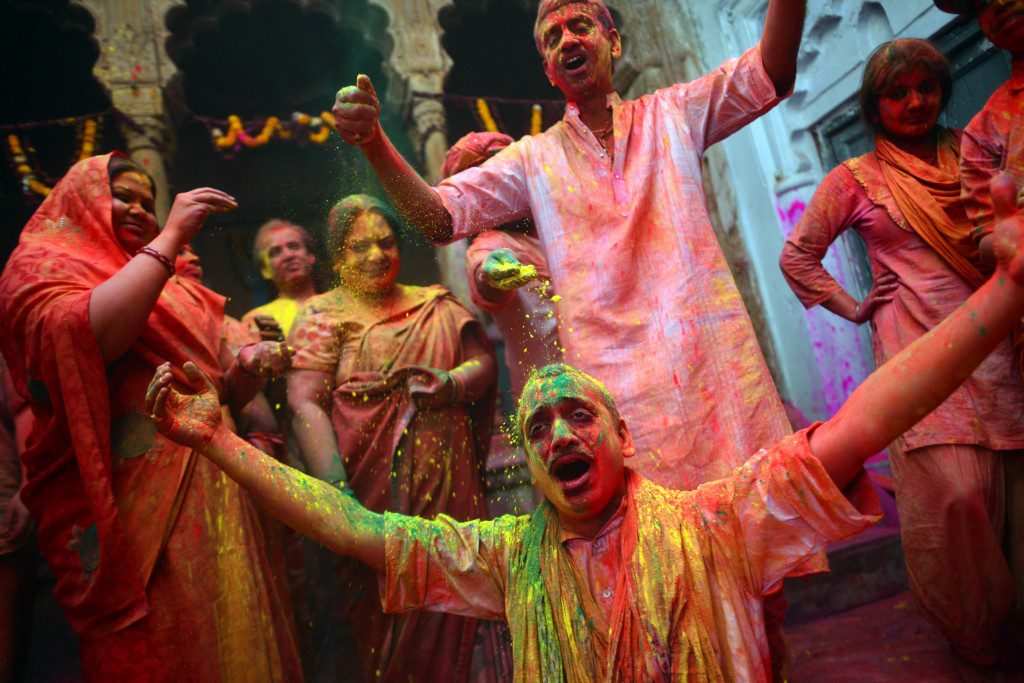
Finally, from a space shuttle orbiting Earth, astronaut Jeff Hoffman stares out at a pale blue dot suspended in the vast expanse of the universe. He describes it as a transcendent experience, an overwhelming feeling that human beings are all truly connected.
When Ms. Vanzant spoke of the need to acknowledge and honor the spiritual contributions of all cultures, this reminded me as we see ourselves through the stories of faith, belief and meaning as told by others, we can better understand ourselves through our relationships with others.
We are all spiritual “seekers” walking in the same direction. There comes a time when if you truly want to rise beyond the person you are today, you will have to abandon the partiality of your viewpoint, and instead walk with a willingness to acknowledge that you have only seen half of the picture through your personal lens.
The more sincerely we acknowledge the need for different insights and perspectives, the more we can allow ourselves to open to the beliefs and viewpoint of others. As we ask the deeper questions, search for opportunities to be inclusive and seek paths that include “both/and” perspectives we will begin to articulate a new vison of the kind of world we want to live in.
Margaret Mead reminded us to “never doubt that a small group of thoughtful, committed citizens can change the world; indeed, it’s the only thing that ever has.”
For more information on “Belief” or to purchase a copy of the documentary please visit Oprah.com.


